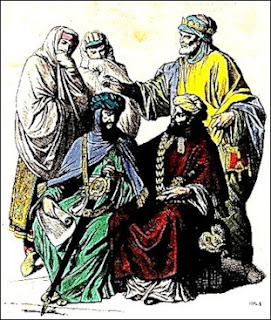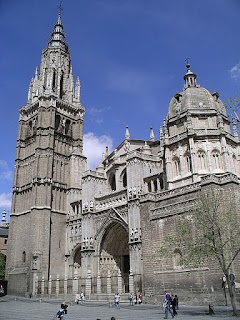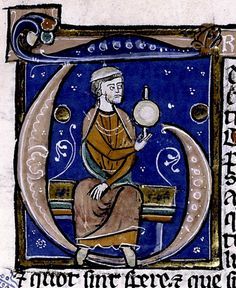While there are older Jewish mystical traditions, Sefer Yetzirah is the first book of what might be called proto-Kabbalah, the school of Jewish mysticism that emerged in the 13th century. Sefer Yetzirah has its own sacred structures and ways of understanding the world that differ in significant ways from the kabbalistic understanding, but many of its concepts significantly influenced later Jewish mystical tradition and practice. [source]
It primarily seems to be a linguistic work, because it claims the Hebrew alphabet is the key to understanding how the universe was created. It even distinguishes how letters and words are formed by the mouth:
In contrast to the Jewish grammarians, who assumed a special mode of articulation for each of the five groups of sounds, the "Sefer Yeẓirah" says that no sound can be produced without the tongue, to which the other organs of speech merely lend assistance. Hence the formation of the letters is described as follows: with the tip of the tongue and the throat; between the lips and the tip of the tongue; in the middle ([?]) of the tongue; by the tip of the tongue; and by the tongue, which lies flat and stretched, and by the teeth (ii. 3). The letters are distinguished, moreover, by the intensity of the sound necessary to produce them, and are accordingly divided ... [Jewish Encyclopedia]
The illustration above (a poster available here) shows each of the letters and explains its importance according to the Sefer.
And the letters show how they connect to the creation of the universe:
The linguistic theories of the author of the "Sefer Yeẓirah" are an integral component of his philosophy, its other parts being astrological and Gnostic cosmogony. The three letters are not only the three "mothers" from which the other letters of the alphabet are formed, but they are also symbolical figures for the three primordial elements, the substances which underlie all existence. The mute מ is the symbol of the water in which the mute fish live; the hissing ש corresponds to the hissing fire; and the airy א represents the air; while as the air occupies a middle position between the fire which reaches upward and the water which tends downward, so the א is placed between the mute מ and the hissing ש. [Jewish Encyclopedia]
The "32 paths of wisdom" that the Sefer Yetzirah claims God used to create the universe are the 22 letters of the Hebrew alphabet and the ten sefirot, later referred to as ten emanations or attributes of God. These sefirot are crucial to later Kabbalah and Jewish mysticism. Let's next take a look at how Jewish mysticism developed.



















